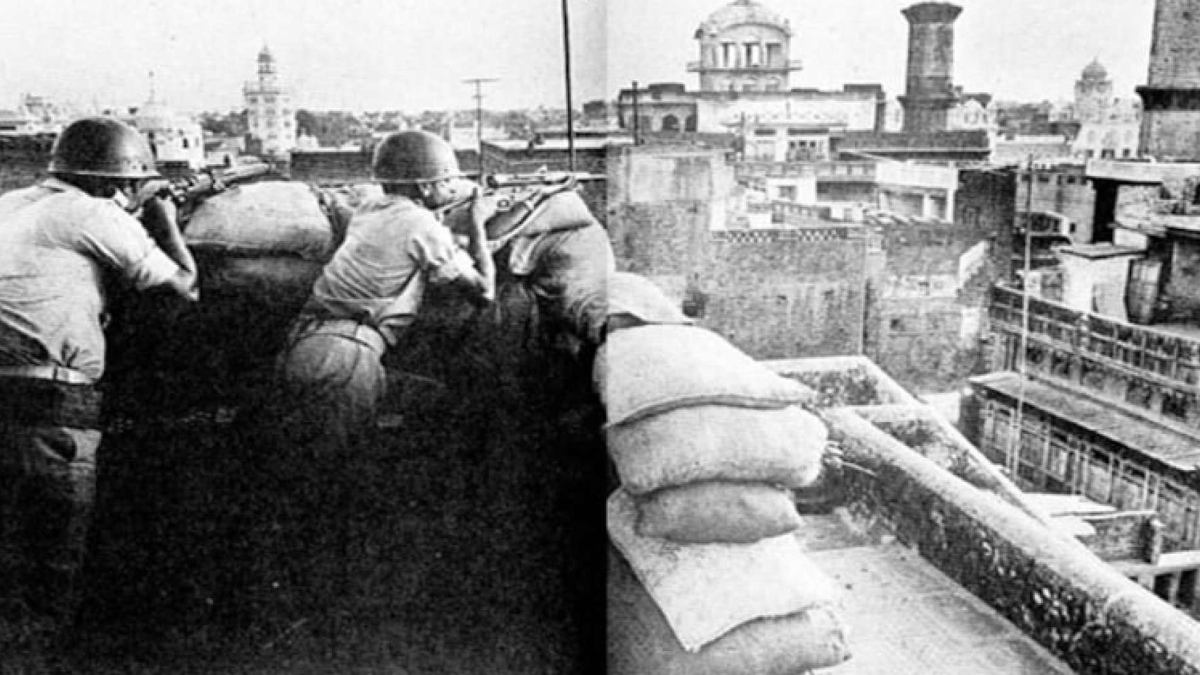


It has been 37 years since Operation Blue Star, an intelligence and Indian Army-driven mission, which went on to change the political narrative in the country. The use of excessive force by the then Lt General K. Sunderji and the destruction of the Akal Takht by tank fire on 6 June 1984 had serious ramifications which finally led to the assassination of Prime Minister Indira Gandhi by her own security guards on 31 October of the same year.
The Operation was perhaps the biggest mistake committed by India’s most charismatic Prime Minister, and many believe it was a greater folly than even the declaration of Emergency in 1975, since it alienated the entire Sikh community from the ruling dispensation.
The orders to the Indian Army to enter the premises of the Harmandir Saheb complex were directly given by the Prime Minister even though many felt that the exercise was ordered at the behest of Arun Nehru who was one of her principal advisers. The Operation was aimed at flushing out militants led by Jarnail Singh Bhindranwale and his associates who had unleashed terror not only in Punjab but other parts of the country. However, the mission was not easy.
Holed up inside the complex was an Indian war veteran, cashiered General Shahbeg Singh, who put up great resistance and whose military acumen led to heavy casualties amongst both Jawans and officers of the armed forces. In fact, a large number of elite commandoes flown into Amritsar from Chakrata where they were based, were killed in the initial attacks since they could not comprehend the firing that was ordered from a lower trajectory through the steps of the complex. Lt General R.S. Dyal and Brig K.S. Brar used all their skills to finally contain the militants, who were mostly killed after Sunderji asked the tanks to open fire.
Amongst the dead were Bhindranwale, Shahbeg Singh, and Bhai Amrik Singh, president of the All India Sikh Students Federation.
The 10-day operation sent shock waves amongst the Sikh community, and by and large, the Sikhs decided not to celebrate the Diwali festival that year. Captain Amarinder Singh, who had joined the Congress, left the party in protest as so many prominent Sikhs. President Zail Singh was at a loss of words when he saw the destruction inside the Golden Temple, the most sacred shrine of the community. Militants started thinking of revenge which finally led to the brutal killing of Indira Gandhi by her guards—Beant Singh and Satwant Singh.
The larger conspiracy could never be unearthed fully though some others from the Delhi police and various spheres were rounded up during the investigation. The government built the Akal Takht which was eventually pulled down; the Sikhs carried out the construction through their own Kar Sewa. Indira Gandhi’s assassination was followed by the anti-Sikh riots, particularly in Delhi where thousands of innocent Sikhs were massacred in cold blood by a rampaging mob, allegedly let loose by some Congress leaders. The political narrative had changed and vendetta became the theme of the times.
Congress leader Lalit Maken and his wife, Geetanjali, besides Arjun Dass, were gunned down by Harjinder Singh Jinda in 1985. Jinda subsequently also went on to kill former Army Chief General Arun Vaidya.
The entire phase beginning from Operation Blue Star was one of the darkest chapters of modern Indian history. There are many families that are still bearing the brunt of the consequences of this erratic decision. It is hoped that the political class should have learnt adequate lessons from such momentous follies and similar things would never get repeated.